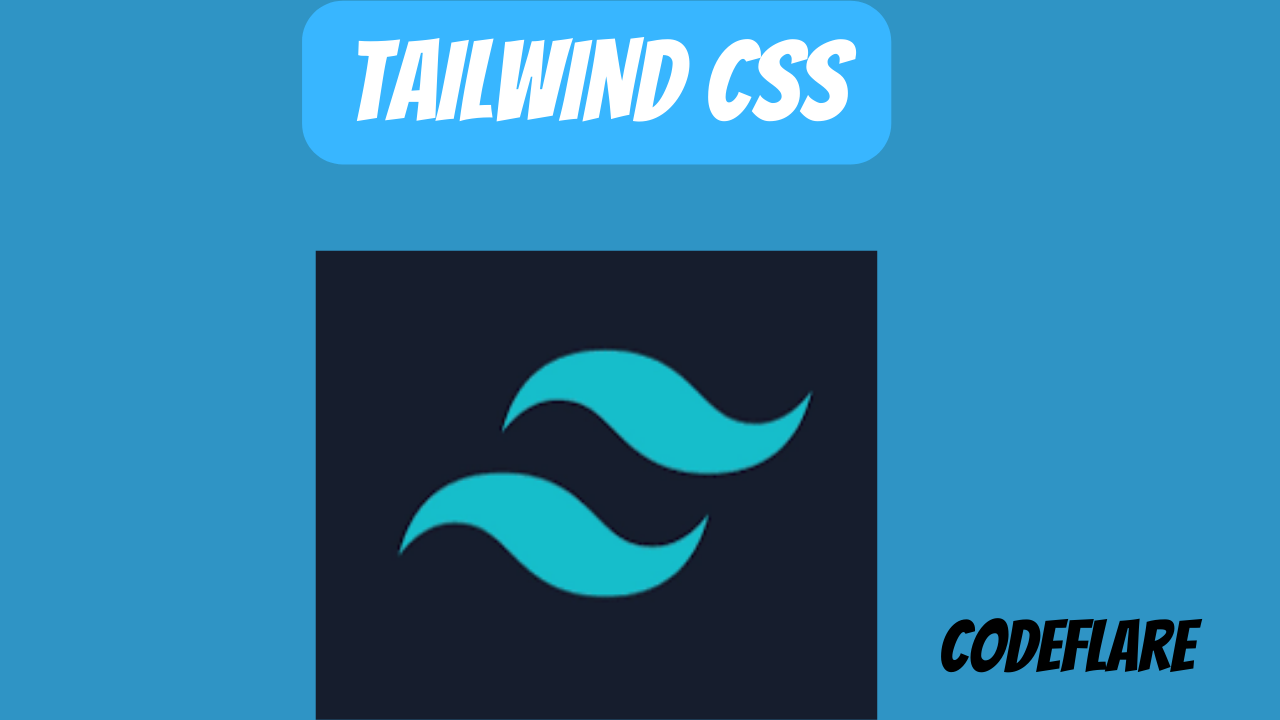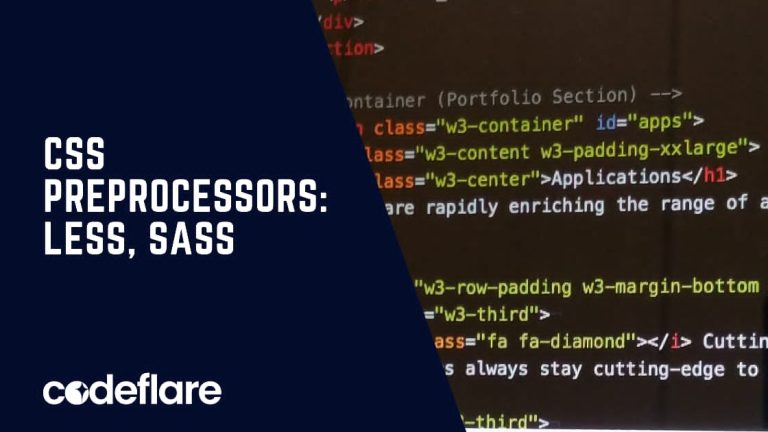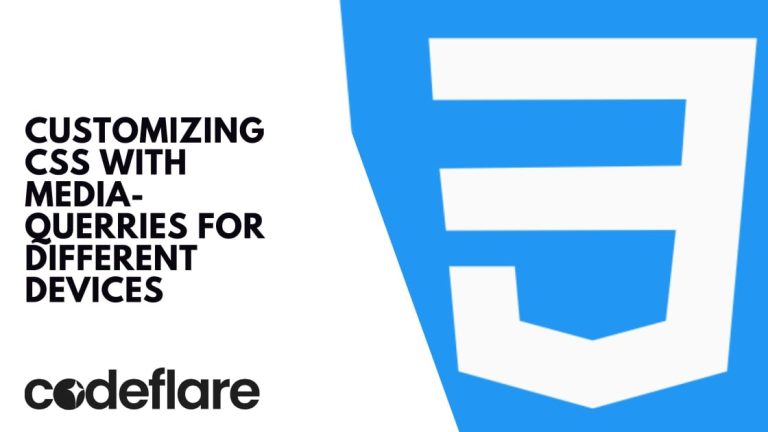
Introduction to Tailwind CSS
Tailwind CSS, a widely embraced utility-first CSS framework, greatly simplifies the task of styling web applications by offering an extensive range of pre-built utility classes. Diverging from conventional CSS frameworks such as Bootstrap or Foundation, Tailwind CSS refrains from imposing predefined styles. Rather, it presents developers with low-level utility classes, enabling them to swiftly and effectively craft custom designs. Mastering Tailwind CSS is essential for modern web development projects.
Key Concepts of Tailwind CSS
1. Utility-First Approach: Therefore, Tailwind CSS promotes a utility-first approach, where developers apply small utility classes directly to HTML elements to style them. Consequently, this approach eliminates the need for writing custom CSS styles and allows for rapid prototyping and development.
2. Responsive Design: Tailwind CSS includes responsive utility classes that enable developers to create responsive designs easily. For instance, classes like sm, md, lg, and xl can be used to apply styles based on screen sizes, making it simple to create designs that adapt to various devices.
3. Flexibility: Furthermore, Tailwind CSS provides a comprehensive set of utility classes for styling typography, spacing, colors, grids, and more. Additionally, developers can customize styles by combining utility classes or creating custom utility classes using Tailwind’s configuration file.
4. Configuration: Therefore, Tailwind CSS offers a configuration file (tailwind.config.js) that allows developers to customize the framework according to project requirements. Moreover, this includes defining custom colors, fonts, breakpoints, and more, providing flexibility and consistency across the application.
Getting Started with Tailwind CSS
To get started with Tailwind CSS, follow these steps:
- Installation: Install Tailwind CSS using npm or yarn.
npm install tailwindcss
Or
yarn add tailwindcss
2. Configuration: Create a Tailwind CSS configuration file (tailwind.config.js) if customization is needed. You can modify default settings such as colors, fonts, breakpoints, etc., in this file.
3. Include Tailwind CSS: Include Tailwind CSS in your project’s main CSS file (styles.css or similar) using @tailwind base, @tailwind components, and @tailwind utilities directives.
@tailwind base;
@tailwind components;
@tailwind utilities;
4. HTML Integration: Start using Tailwind CSS utility classes directly in your HTML markup. For example:
<div class="bg-blue-500 text-white p-4 rounded-lg shadow-lg">
This is a Tailwind CSS component.
</div>
Code Examples
Here are some code examples demonstrating the usage of Tailwind CSS utility classes:
- Styling a Button:
<button class="bg-blue-500 hover:bg-blue-700 text-white font-bold py-2 px-4 rounded">
Click me
</button>
2. Responsive Layout:
<div class="flex flex-col sm:flex-row">
<div class="bg-gray-200 sm:w-1/2">Left Content</div>
<div class="bg-gray-300 sm:w-1/2">Right Content</div>
</div>
3. Customizing Colors:
<div class="bg-green-500 text-white p-4 rounded-lg shadow-lg">
Custom color example
</div>
Conclusion
Tailwind CSS simplifies the process of styling web applications by providing a utility-first approach and a rich set of predefined utility classes. Moreover, it promotes rapid development, responsiveness, and customization, making it a valuable tool for modern web development projects. Additionally, by understanding the key concepts and utilizing Tailwind CSS effectively, developers can create visually appealing and responsive designs with ease, thereby mastering Tailwind CSS for optimal development outcomes.






